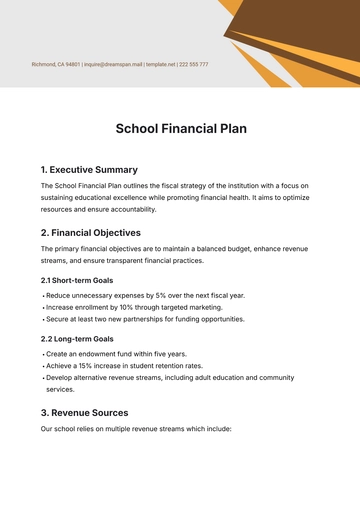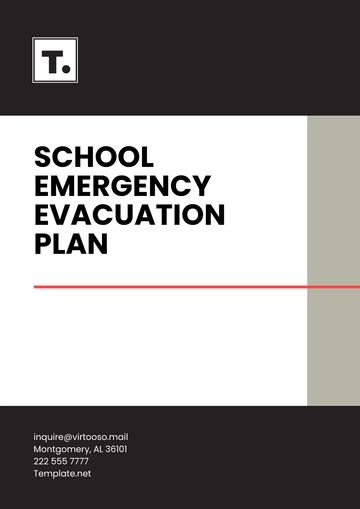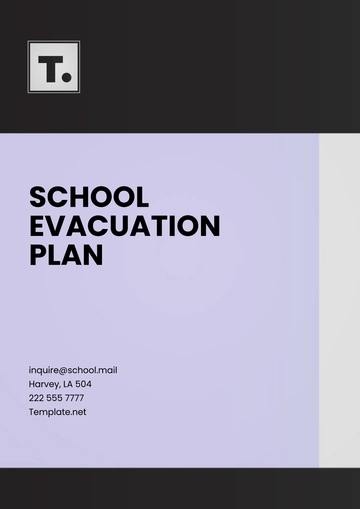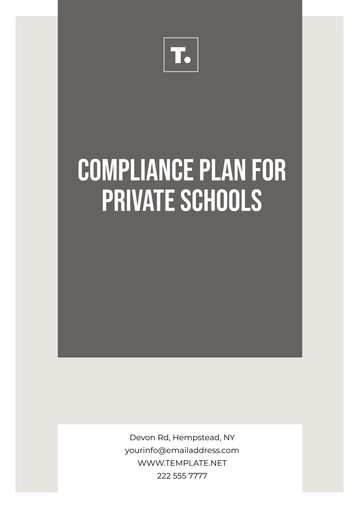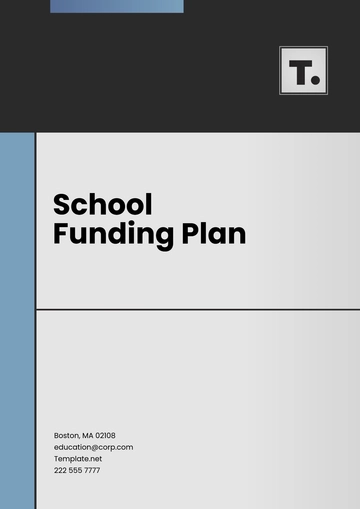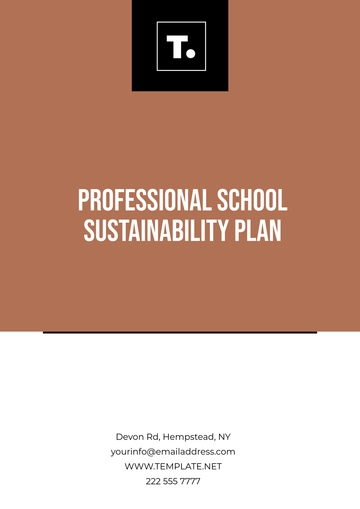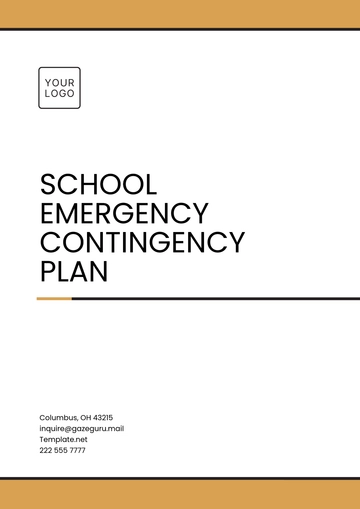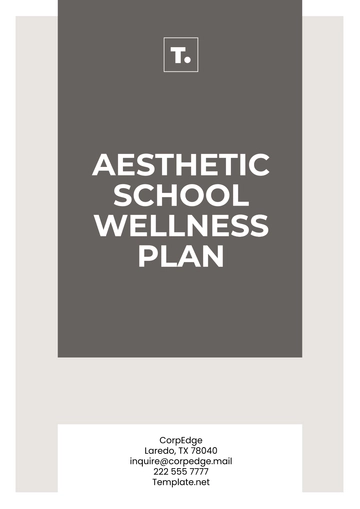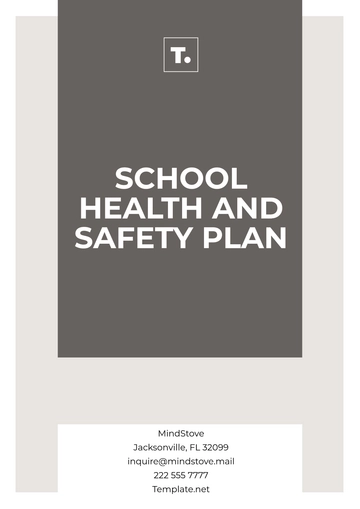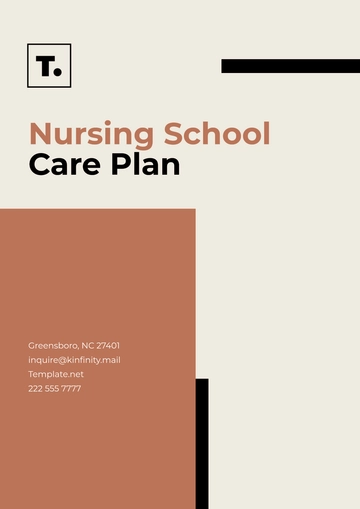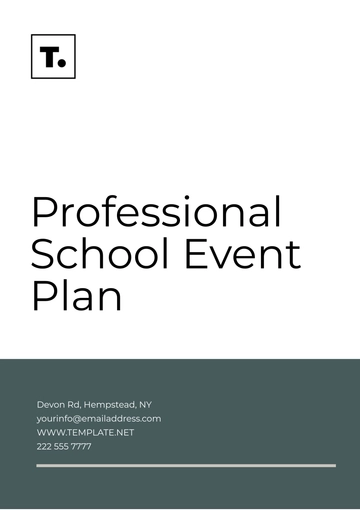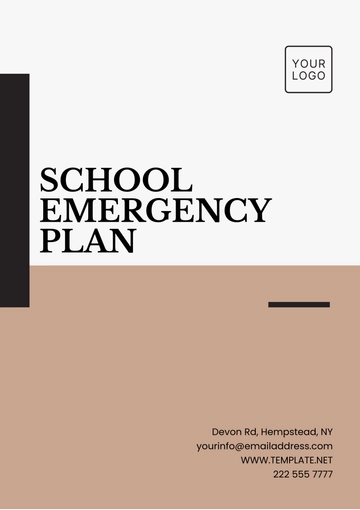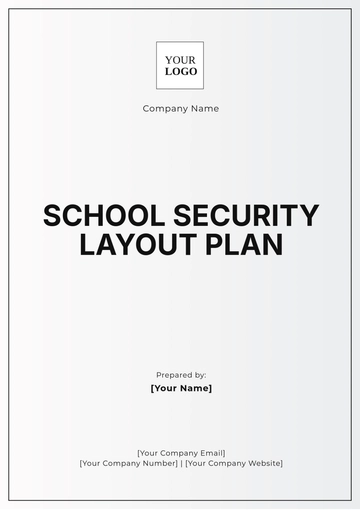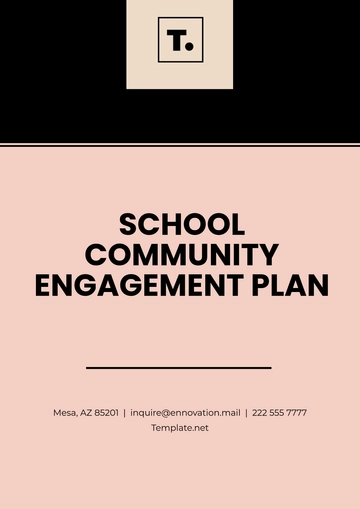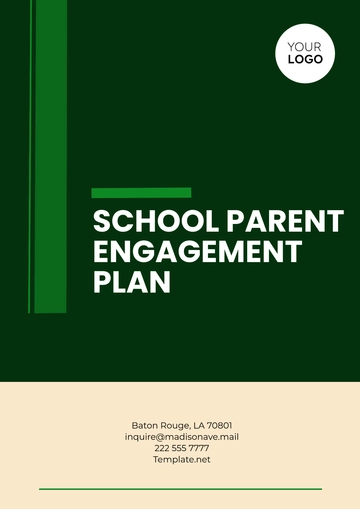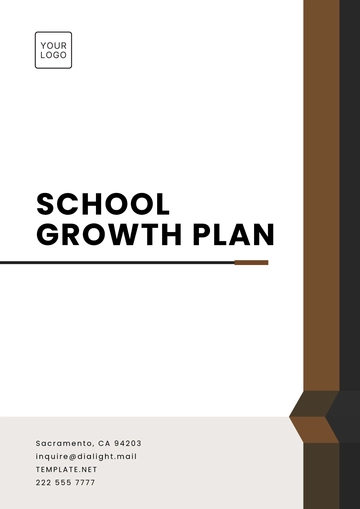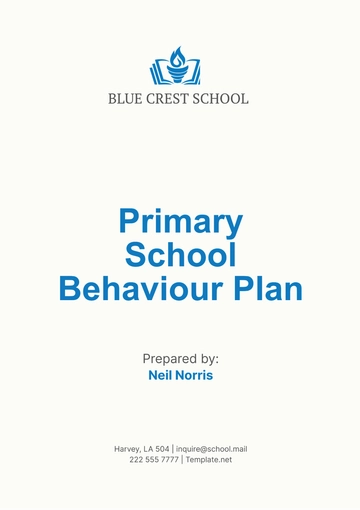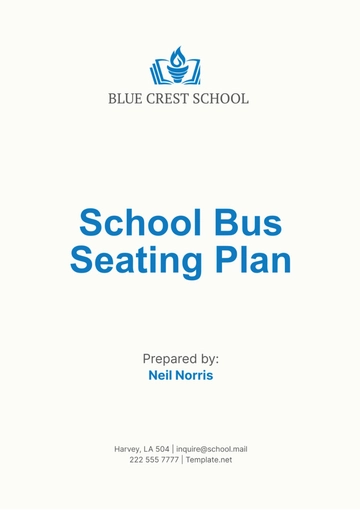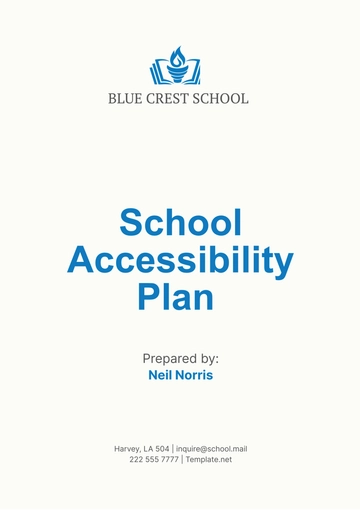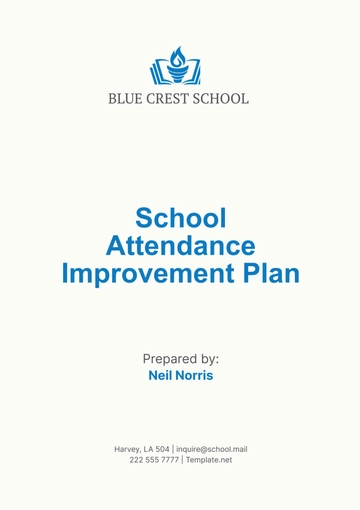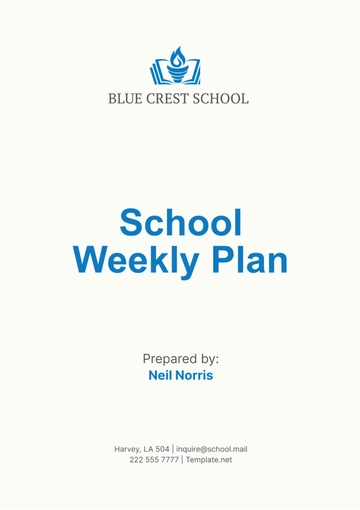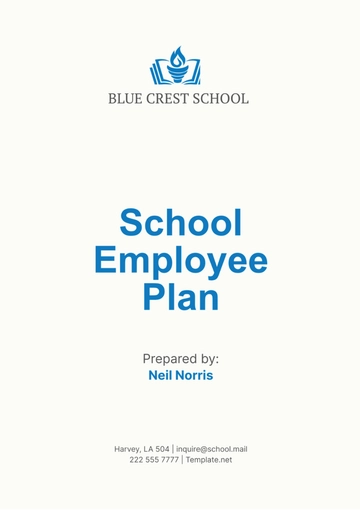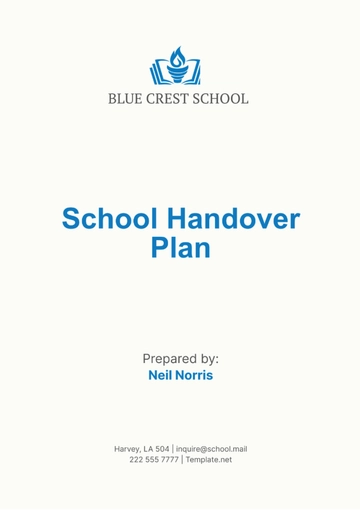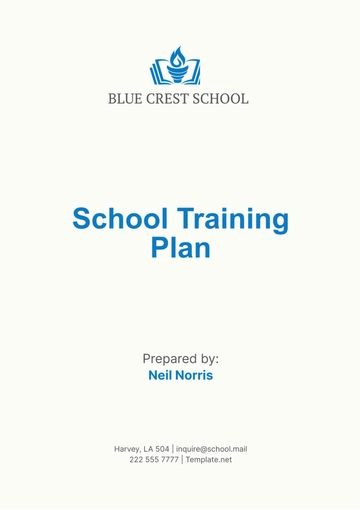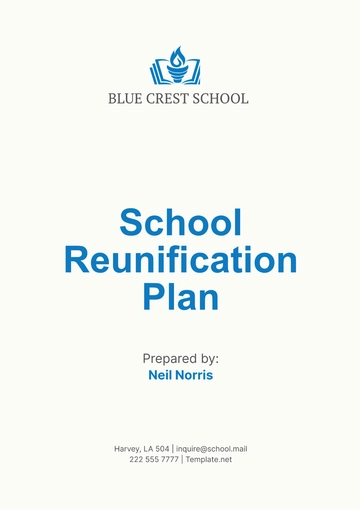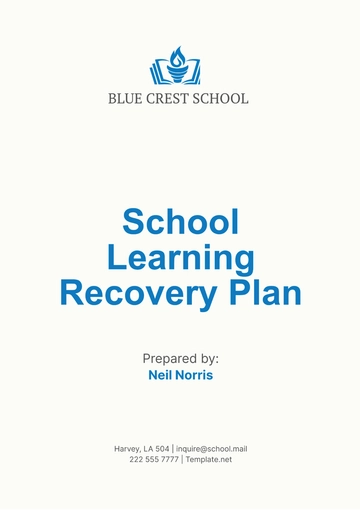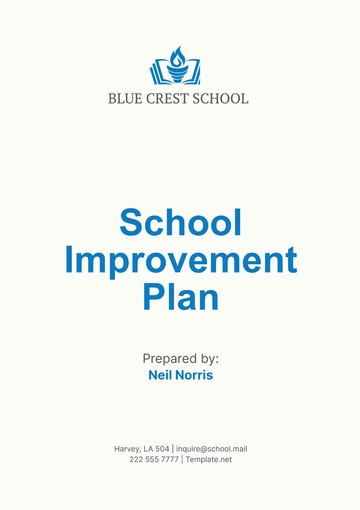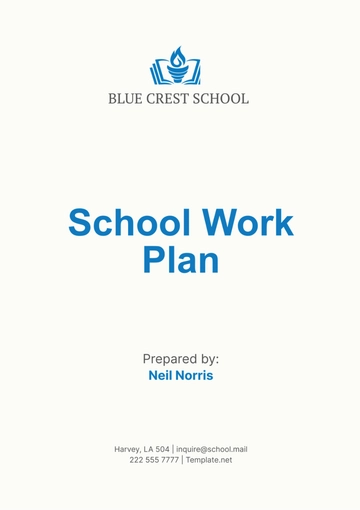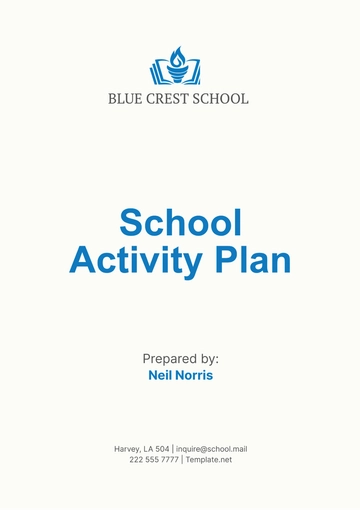Free Middle School Unit Plan
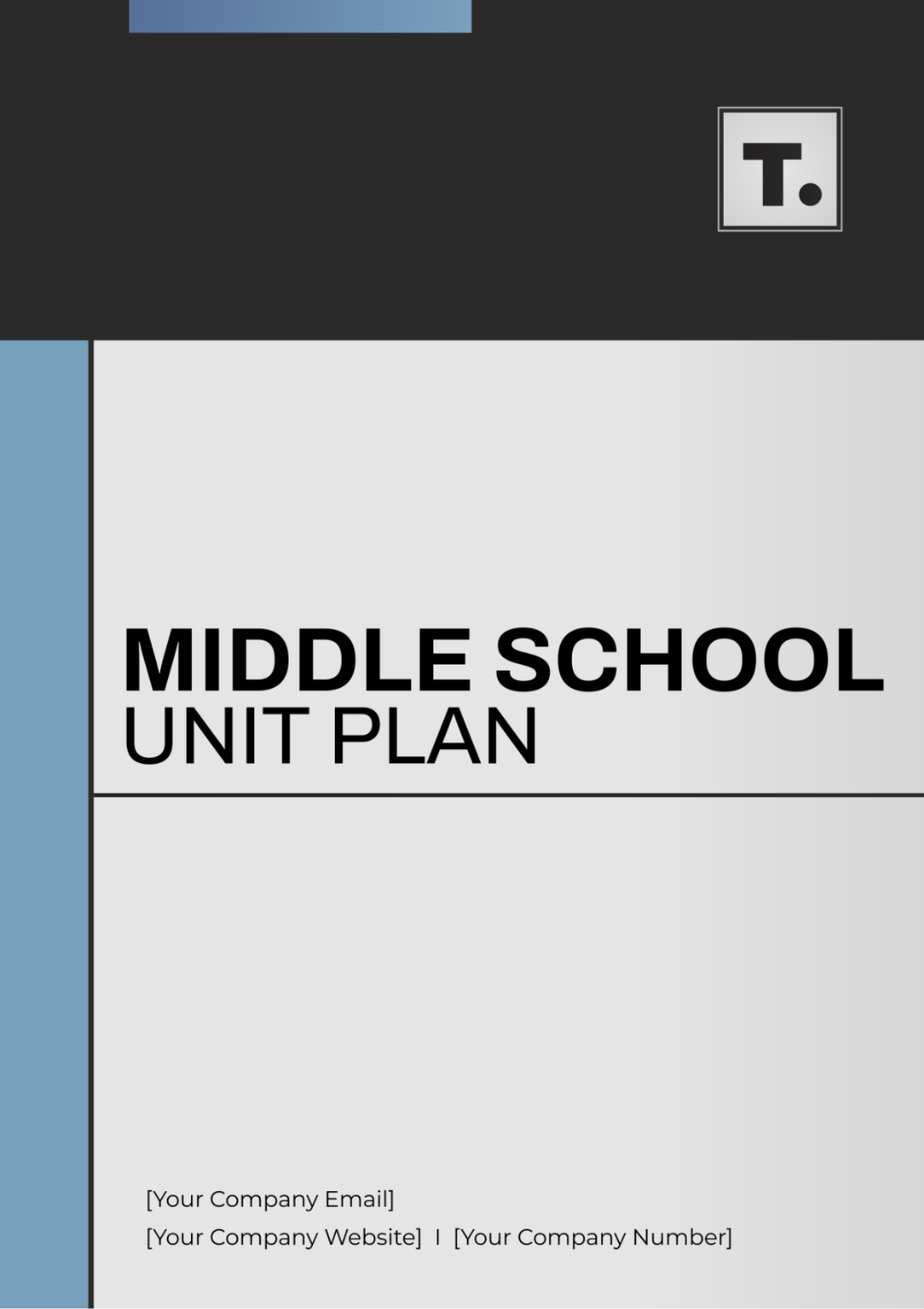
Prepared by: [Your Name]
I. Introduction to the Unit
Overview: The "Exploring Ecosystems" unit is designed to immerse middle school students in the exciting world of ecosystems. This unit aims to deepen students' understanding of ecological principles and foster a sense of environmental stewardship. Through hands-on learning, collaborative projects, and inquiry-based activities, students will develop curiosity, critical thinking skills, and scientific inquiry abilities.
II. Unit Goals and Objectives
Goals: The primary goal of this unit is to build environmental literacy, promote scientific inquiry, and inspire students to take responsibility for preserving and sustaining ecosystems. By exploring various ecosystems and their complexities, students will understand ecological connections and human impacts on the environment.
Objectives:
Understand the components of ecosystems, including living (biotic) and non-living (abiotic) factors.
Classify and describe different ecosystems and their characteristic species and habitats.
Analyze ecological relationships, such as food chains, food webs, and energy flow.
Evaluate the impacts of human activities on ecosystems, focusing on conservation and sustainability.
Develop scientific inquiry skills through observation, data collection, analysis, and problem-solving.
III. Unit Structure and Duration
Duration: This unit will span six weeks, allowing for comprehensive exploration, reinforcement of concepts, collaborative projects, and reflection.
Weekly Structure:
Week | Activities |
|---|---|
Week 1 | Introduction to ecosystems, basic concepts, and ecosystem components. |
Week 2 | Exploration of terrestrial ecosystems (forests, deserts, grasslands) through field observations, experiments, and habitat analyses. |
Week 3 | Investigation of aquatic ecosystems (oceans, freshwater habitats, wetlands) via hands-on activities, research projects, and water quality assessments. |
Week 4 | Study of human impacts on ecosystems, including pollution, habitat destruction, climate change, and conservation strategies. |
Week 5 | Preparation and implementation of collaborative projects focused on ecosystem conservation, restoration, or sustainability initiatives. |
Week 6 | Culminating project presentations, peer feedback sessions, reflection, and evaluation. |
IV. Instructional Strategies and Activities
Direct Instruction: Use engaging lectures, multimedia presentations, interactive demonstrations, and class discussions.
Inquiry-Based Learning: Encourage curiosity and critical thinking through guided inquiries, problem-solving tasks, experiments, and data analysis.
Project-Based Learning: Guide students in collaborative projects such as creating ecosystem models, designing conservation plans, conducting field surveys, or participating in citizen science initiatives.
Experiential Learning: Organize field trips to local ecosystems, invite guest speakers, conduct nature walks, and participate in environmental stewardship activities to deepen real-world connections.
Technology Integration: Utilize digital resources, educational apps, virtual simulations, and data visualization tools to enhance understanding and scientific inquiry.
V. Assessment and Evaluation
Formative Assessment: Use ongoing assessments like quizzes, concept maps, exit tickets, and class discussions to gauge understanding and provide feedback.
Summative Assessment: Evaluate student learning through a final project, which can include research papers, multimedia presentations, digital portfolios, or interactive exhibits showcasing ecosystem knowledge and analysis.
Rubrics and Criteria: Develop rubrics aligned with learning objectives, emphasizing content mastery, critical thinking, creativity, collaboration, communication, and scientific inquiry skills.
Peer and Self-Assessment: Promote peer collaboration and feedback sessions to enhance peer learning, communication skills, self-assessment, and continuous improvement.
VI. Differentiation and Inclusion Strategies
Differentiated Instruction: Provide varied tasks, resources, and support to meet diverse learning needs, interests, and readiness levels, including enrichment activities for advanced learners and accommodations for students with special needs.
Inclusive Practices: Create an inclusive classroom by incorporating universal design principles, fostering positive peer interactions, embracing diversity, and celebrating students' strengths and contributions.
Support Services: Work with special education teachers, counselors, and support staff to implement individualized learning plans (ILPs), accommodations, modifications, assistive technologies, and behavioral supports as needed.
VII. Resources and Materials
Textbooks and References: Use core textbooks like "Ecology: Concepts and Applications" by Manuel Molles, along with supplemental readings, online resources, scientific journals, and multimedia resources.
Technology Tools: Access computers, tablets, microscopes, data loggers, sensors, software applications, educational websites, and virtual learning platforms to enhance learning experiences and scientific inquiry.
Field Trip Arrangements: Organize educational visits to local ecosystems, nature centers, wildlife sanctuaries, botanical gardens, environmental education centers, or conservation organizations for firsthand experiences.
Classroom Materials: Provide ecosystem modeling kits, specimen collections, interactive whiteboards, posters, maps, charts, laboratory equipment, art supplies, and other materials for hands-on learning and student projects.
VIII. Reflection and Continuous Improvement
Reflective Practices: Encourage students to engage in reflective practices through journaling, group discussions, self-assessment activities, and peer feedback sessions to deepen understanding and set goals for continuous improvement.
Feedback Loops: Establish feedback loops with students, parents, colleagues, and educational stakeholders to gather input, assess instructional effectiveness, and make data-informed decisions for ongoing improvement.
Professional Development: Participate in professional learning communities, workshops, conferences, collaborative planning sessions, peer observations, and ongoing professional development opportunities to enhance instructional strategies and student-centered learning approaches.
- 100% Customizable, free editor
- Access 1 Million+ Templates, photo’s & graphics
- Download or share as a template
- Click and replace photos, graphics, text, backgrounds
- Resize, crop, AI write & more
- Access advanced editor
Streamline your middle school teaching with Template.net's Middle School Unit Plan Template. This editable and customizable tool helps you outline objectives, activities, and assessments. Create detailed and organized unit plans. Editable in our AI Editor Tool, this template ensures effective and professional planning, supporting educational goals and student success.
You may also like
- Finance Plan
- Construction Plan
- Sales Plan
- Development Plan
- Career Plan
- Budget Plan
- HR Plan
- Education Plan
- Transition Plan
- Work Plan
- Training Plan
- Communication Plan
- Operation Plan
- Health And Safety Plan
- Strategy Plan
- Professional Development Plan
- Advertising Plan
- Risk Management Plan
- Restaurant Plan
- School Plan
- Nursing Home Patient Care Plan
- Nursing Care Plan
- Plan Event
- Startup Plan
- Social Media Plan
- Staffing Plan
- Annual Plan
- Content Plan
- Payment Plan
- Implementation Plan
- Hotel Plan
- Workout Plan
- Accounting Plan
- Campaign Plan
- Essay Plan
- 30 60 90 Day Plan
- Research Plan
- Recruitment Plan
- 90 Day Plan
- Quarterly Plan
- Emergency Plan
- 5 Year Plan
- Gym Plan
- Personal Plan
- IT and Software Plan
- Treatment Plan
- Real Estate Plan
- Law Firm Plan
- Healthcare Plan
- Improvement Plan
- Media Plan
- 5 Year Business Plan
- Learning Plan
- Marketing Campaign Plan
- Travel Agency Plan
- Cleaning Services Plan
- Interior Design Plan
- Performance Plan
- PR Plan
- Birth Plan
- Life Plan
- SEO Plan
- Disaster Recovery Plan
- Continuity Plan
- Launch Plan
- Legal Plan
- Behavior Plan
- Performance Improvement Plan
- Salon Plan
- Security Plan
- Security Management Plan
- Employee Development Plan
- Quality Plan
- Service Improvement Plan
- Growth Plan
- Incident Response Plan
- Basketball Plan
- Emergency Action Plan
- Product Launch Plan
- Spa Plan
- Employee Training Plan
- Data Analysis Plan
- Employee Action Plan
- Territory Plan
- Audit Plan
- Classroom Plan
- Activity Plan
- Parenting Plan
- Care Plan
- Project Execution Plan
- Exercise Plan
- Internship Plan
- Software Development Plan
- Continuous Improvement Plan
- Leave Plan
- 90 Day Sales Plan
- Advertising Agency Plan
- Employee Transition Plan
- Smart Action Plan
- Workplace Safety Plan
- Behavior Change Plan
- Contingency Plan
- Continuity of Operations Plan
- Health Plan
- Quality Control Plan
- Self Plan
- Sports Development Plan
- Change Management Plan
- Ecommerce Plan
- Personal Financial Plan
- Process Improvement Plan
- 30-60-90 Day Sales Plan
- Crisis Management Plan
- Engagement Plan
- Execution Plan
- Pandemic Plan
- Quality Assurance Plan
- Service Continuity Plan
- Agile Project Plan
- Fundraising Plan
- Job Transition Plan
- Asset Maintenance Plan
- Maintenance Plan
- Software Test Plan
- Staff Training and Development Plan
- 3 Year Plan
- Brand Activation Plan
- Release Plan
- Resource Plan
- Risk Mitigation Plan
- Teacher Plan
- 30 60 90 Day Plan for New Manager
- Food Safety Plan
- Food Truck Plan
- Hiring Plan
- Quality Management Plan
- Wellness Plan
- Behavior Intervention Plan
- Bonus Plan
- Investment Plan
- Maternity Leave Plan
- Pandemic Response Plan
- Succession Planning
- Coaching Plan
- Configuration Management Plan
- Remote Work Plan
- Self Care Plan
- Teaching Plan
- 100-Day Plan
- HACCP Plan
- Student Plan
- Sustainability Plan
- 30 60 90 Day Plan for Interview
- Access Plan
- Site Specific Safety Plan
